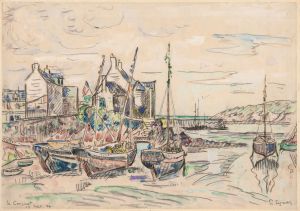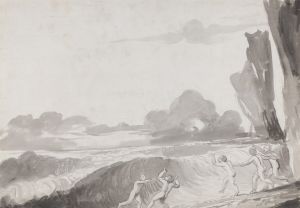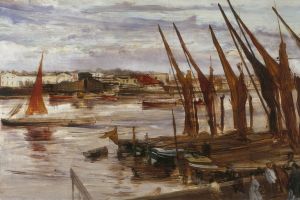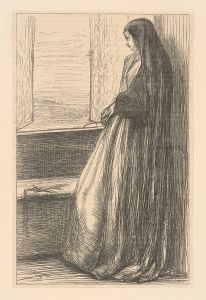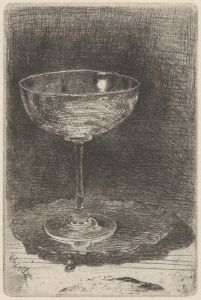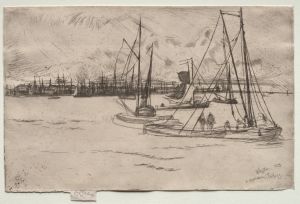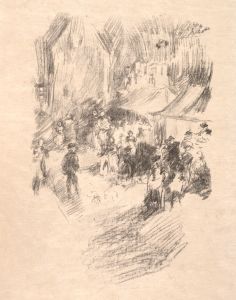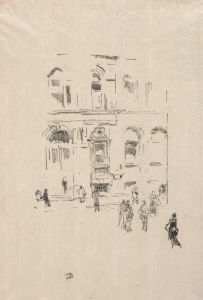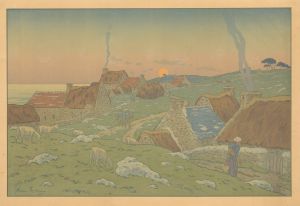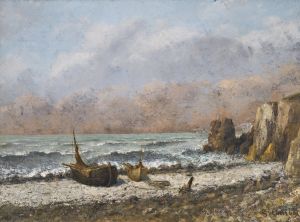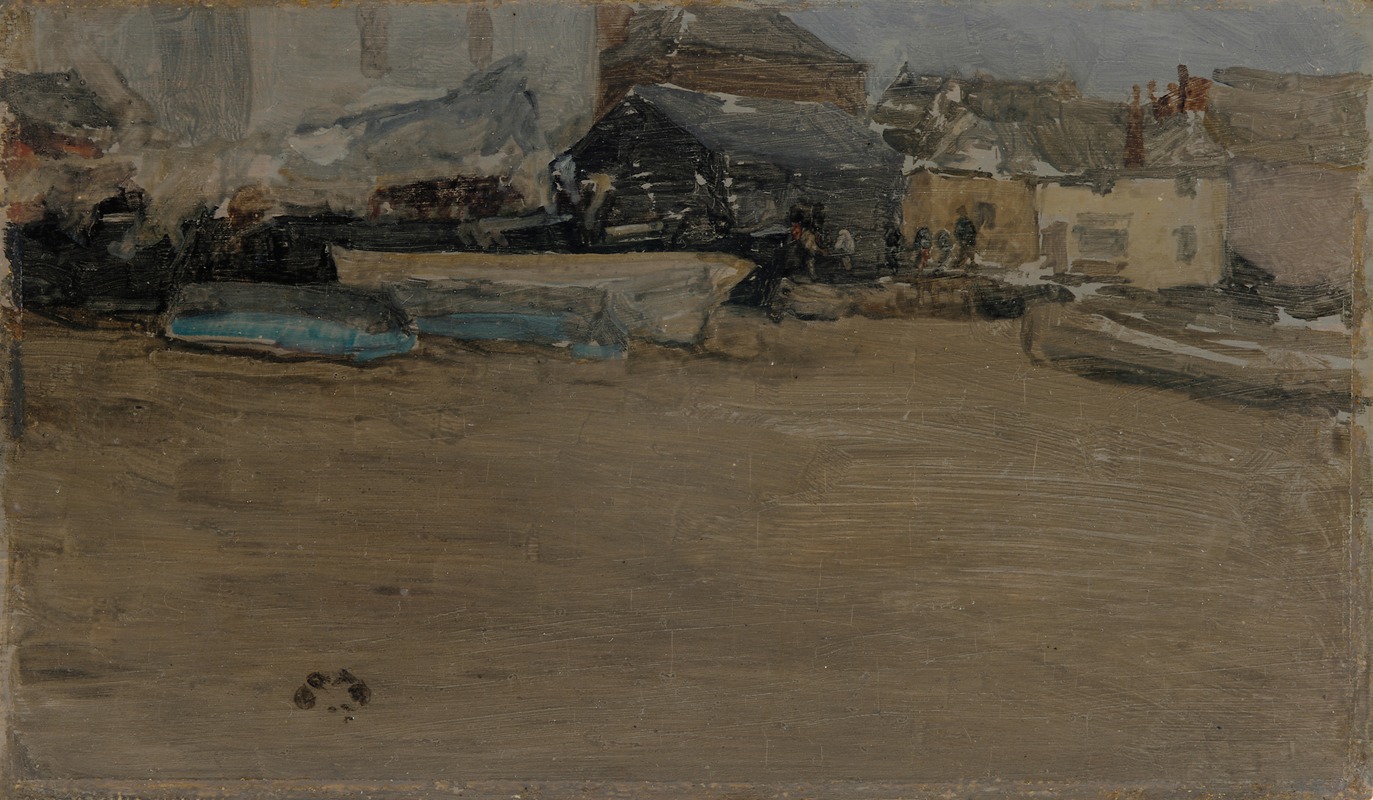
Low Tide
A hand-painted replica of James Abbott McNeill Whistler’s masterpiece Low Tide, meticulously crafted by professional artists to capture the true essence of the original. Each piece is created with museum-quality canvas and rare mineral pigments, carefully painted by experienced artists with delicate brushstrokes and rich, layered colors to perfectly recreate the texture of the original artwork. Unlike machine-printed reproductions, this hand-painted version brings the painting to life, infused with the artist’s emotions and skill in every stroke. Whether for personal collection or home decoration, it instantly elevates the artistic atmosphere of any space.
"Low Tide" is a painting by the American-born, British-based artist James Abbott McNeill Whistler, who is renowned for his contributions to the Aesthetic Movement and his influence on the art world in the late 19th century. Whistler, born in 1834 in Lowell, Massachusetts, spent much of his career in Europe, particularly in London, where he became a pivotal figure in the art scene.
Whistler's work is characterized by his innovative approach to composition and color, often emphasizing mood and atmosphere over detailed representation. He is best known for his portraits and his series of nocturnes, which capture the subtle interplay of light and shadow. "Low Tide" fits within this broader context of his oeuvre, showcasing his interest in capturing the transient effects of nature and light.
The painting "Low Tide" exemplifies Whistler's mastery of tonal harmony and his ability to convey a sense of tranquility and introspection. While specific details about the creation date and the exact location depicted in "Low Tide" are not widely documented, it is consistent with Whistler's thematic focus during his mature period, where he often explored maritime subjects and the effects of water and sky.
Whistler's technique in "Low Tide" likely involves his characteristic use of a limited palette and delicate brushwork, which he employed to create a harmonious balance of color and form. This approach is reflective of his belief in "art for art's sake," a principle that emphasizes the aesthetic experience over narrative content. His works often evoke a sense of calm and contemplation, inviting viewers to appreciate the beauty of the scene itself.
Throughout his career, Whistler was influenced by various artistic movements, including Impressionism and Japanese art, which is evident in his compositional choices and his focus on capturing fleeting moments. His interest in Japanese prints, in particular, can be seen in his use of asymmetrical compositions and an emphasis on simplicity and elegance.
Whistler's impact on the art world extends beyond his paintings. He was a vocal advocate for the autonomy of art and famously engaged in a legal battle with the art critic John Ruskin, which underscored his belief in the artist's vision over critical interpretation. This trial, although financially detrimental to Whistler, solidified his reputation as a defender of artistic freedom.
"Low Tide," like many of Whistler's works, reflects his commitment to creating art that transcends conventional boundaries and invites viewers to engage with the visual and emotional qualities of the scene. His legacy is evident in the continued appreciation of his work and his influence on subsequent generations of artists who value the aesthetic experience.
In summary, "Low Tide" by James Abbott McNeill Whistler is a testament to the artist's skill in capturing the serene beauty of natural landscapes through his distinctive style and philosophical approach to art. While specific details about the painting may be limited, its place within Whistler's body of work highlights his enduring impact on the art world and his role as a pioneer of modern artistic expression.





